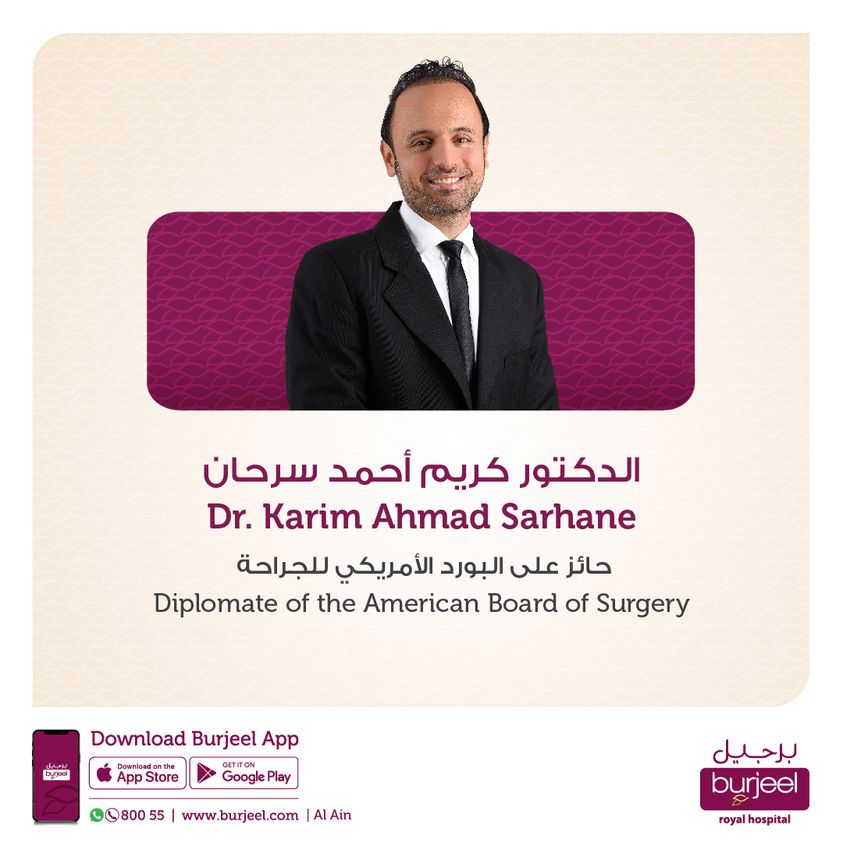
Body contouring helps patients who have experienced significant weight loss because of diet, post-pregnancy weight, and bariatric surgery tighten loose and saggy skin. A study published in the American Society of Plastic Surgeons’ June 2023 issue of the journal Plastic and Reconstructive Surgery reported that body contouring has long-term impacts on weight loss for people who have it after bariatric surgery. Those who undergo body contouring can immediately see improvements. Sometimes, skin condition improvements are immediately compared to non-surgical options that might take longer. Incidentally, most common body contouring procedures focus on the thighs, arms, back, belly and flanks, buttocks, neck, and skin. Most studies on the effectiveness of this procedure in encouraging long-term weight loss are mixed. This study, however, focused on 2,531 patients who underwent bariatric surgery from 2009 to 2012 and saw small gains in long-term weight loss. Researchers separated the patients into three groups. The first group of 350 patients had body contouring a median of two years after bariatric surgery. The second group comprised 364 patients who participated in a consultation about body contouring but did not follow through with the procedure. Finally, 1,817 patients neither had the surgery nor the consultation. Researchers found that those who had the body contouring did experience more sustained weight loss than those who did not have the procedure using body mass index (BMI) as a measure. BMI measures how much fat is in the body and is calculated by taking a person’s weight in kilograms and dividing it by their height in meters squared. The study found that those who underwent body contouring after a year had a lower average body mass index (BMI) than those who elected not to have the surgery. Seven years later, patients with the body contouring procedure saw their BMI reduced even further to 5kg/m2, on average. Interestingly, patients who sat for a body contouring consultation but did not undergo the procedure also saw positive impacts. One year after their bariatric procedure, their BMI was, on average, 1.5 kg/m2 lower compared to those who had no consultation. After seven years, their BMI was, on average, 2.3 kg/m2 lower than those who did not have a consultation. In addition, the study compared patients with body contouring with 259 patients in the consultation group who experienced enough weight loss to qualify for a consultation. After seven years, the study found that each group had a comparable BMI, with the body contouring procedure group having an average BMI of 31 kg/m2 compared to the consultation group with a BMI of 30 kg/m2. Incidentally, those who did not have the consultation or the contouring procedure had an average BMI of 35 kg/m2. However, the study mentioned that researchers found that the type of bariatric surgery and the patient’s race impacted weight loss long-term. Those who had sleeve gastrectomy (involving several small incisions in the upper abdomen) sustained a lower BMI than those who had gastric bypass surgery, with the former experiencing an eight percent difference in weight loss on average after seven years. Also, African American patients experienced a lower sustained weight loss than other racial groups. Ultimately, researchers concluded that while those who had the surgery or participated in a consultation saw improvement, the impact on body contouring was minimal. They also said that body contouring impacts were secondary to individual factors improving body weight loss outcomes.
Karim Sarhane, MD


















